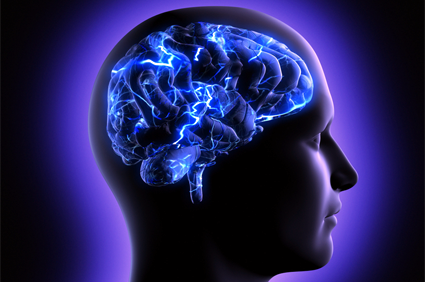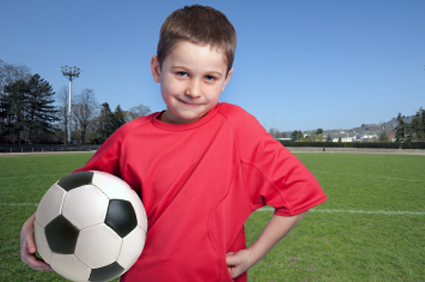
Organized sports offer a long list of benefits for our kids. They build not only bodies, but character as well. Kids learn to strive, work toward shared success, and push through adversity. But these opportunities don’t come without risk. When we think of dangerous sports, we generally think of football, hockey, or lacrosse, not soccer. But the fact is, soccer is a contact sport, and as such, soccer players suffer contact injuries.
Concussions in sports have been getting a lot of attention lately. Much of the concern is related to repeat injuries, and the cumulative effect they can have over time. We hear about it most often relating to football, particularly NFL players, but studies show players get just as many concussions in soccer as in any other contact sport.
SEE MORE: Concussions Caused by Soccer
Causes of Concussions in Soccer
You may be surprised to learn that heading is responsible for very few concussions. [However, heading the ball DOES contribute to brain injuries as the latest studies have found!] Far more are the result of collisions with other players (heads, elbows, feet), with balls, with goalposts, and with the ground. Purposeful heading done properly causes extremely few concussions.
SEE MORE: 5 Tips on How to Head a Soccer Ball
Signs of a Concussion
Soccer players, their coaches, and their parents need to know how to recognize the signs and symptoms of a concussion and what to do when a player takes a blow to the head. Concussion symptoms can be difficult to spot. On the field, check for headache, vacant staring, fuzzy memory, blurred vision, balance problems. If any of these is present, the player should be evaluated by a medical professional and kept out of play until granted a release.
Symptoms can sometimes show up later at home. The child may feel nauseous, or sluggish, or not be able to concentrate. A player with these symptoms within a few days of the blow needs to be evaluated for a possible concussion.
Care for Concussions
If a concussion is diagnosed, it is extremely important that the child doesn’t play until their brain has had a chance to completely recover. If in doubt then sit it our. The dangers of a second concussion too soon after the first are well-documented. It’s called second impact syndrome, and it can lead to slower recovery time and potentially to swelling of the brain and long term brain damage.
When players get injured, it’s common for them to want to get back in the game before they’re ready. They think, and maybe they’ve been taught, that it shows dedication and commitment. While these are admirable traits indeed, in the case of head injuries, they can lead to some very serious and lifelong consequences.




Re comment: “Purposeful heading done properly, causes extremely few concussions”. My answer to that is ‘few’ concussions too many. ALso, concussion is the act of movement inside the skull, and nothing to do with the thickness of the forehead (in reference to another article). Perhaps if one is born with a thicker neck, to prevent rigorous movement helps. I suppose that could be why “young adolescent males” and females are more susceptible to effects of concussion in all its forms, either delayed or immediate – even changes in personality perhaps (?) There are thousands of hobbie players, college players who’ve dissppeared into the woodwork, silently suffering, either mildly or severely, or just don’t feel right one way or another, while ‘the show must go on’. And, only if one is a celebrity, with parkinsons or depression, a few start wondering, or the general public don’t have the knowledge to make the link. I and my son, were ignorant until now, because there’s been no education about concussion in New Zealand, wherby some coaches and teachers have played it down, even to the point of sending my boy, back into the college game after being knocked out cold for 30 seconds. He then trained three days later, only to get painfully concussed. WIthin 9 days a girl was throwing fruit at school, when an apple landed hard between his eyebrows. He came out lucky – sort of, but had to spend two weeks off school with concussion symptoms after the third blow. He might have an optic neuropathy, which I tested for twice, with a scarlet pencil and a magenta pencil. He sees reduced colour saturation from one of his eyes. I have yet to mention that to the doctor. If my son knew how to be careful,
he never would’ve been doing head-balling at lunch times during last year, when the boys were having fun. He was shocked to learn that you don’t have to be knocked out cold to receive a concussion, because he had been hurt quite a lot, whithout my knowing about it. He reckons he may have received about 20 concussions last year.
He’s is (been?) an excellent goalie, so we are not giving up – but there needs to be education about concussion in college, and I think head-balling should be stopped.